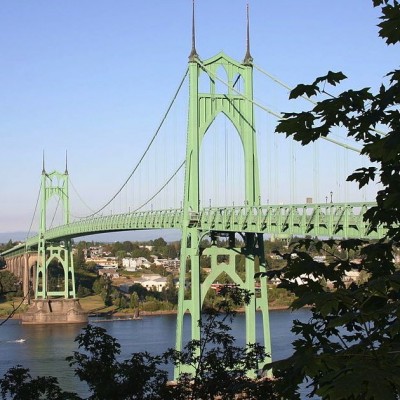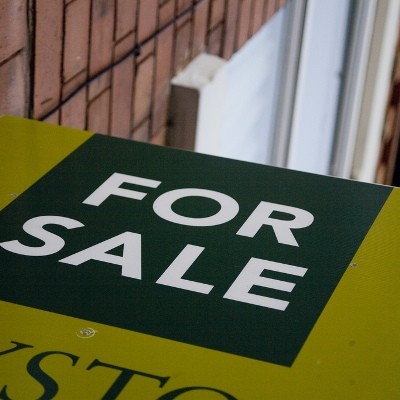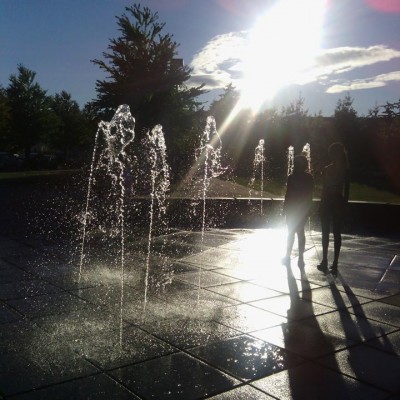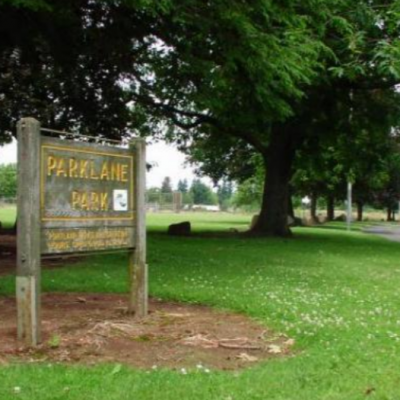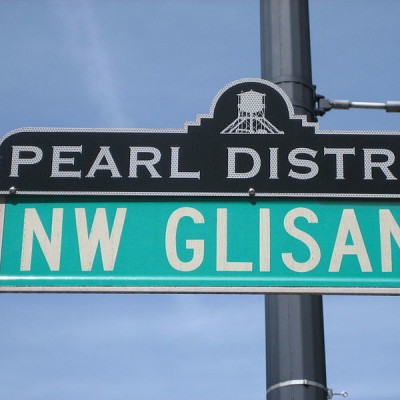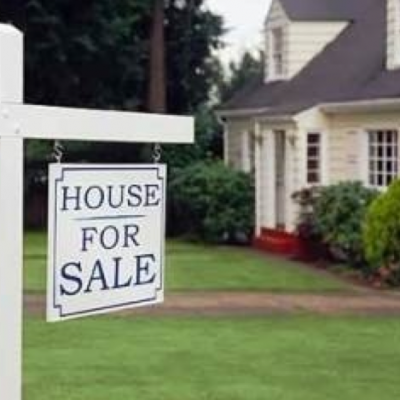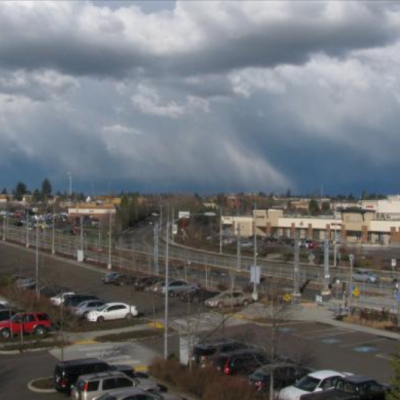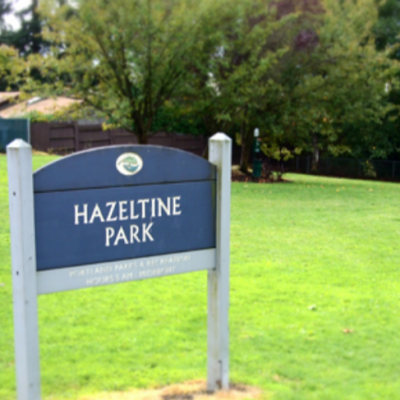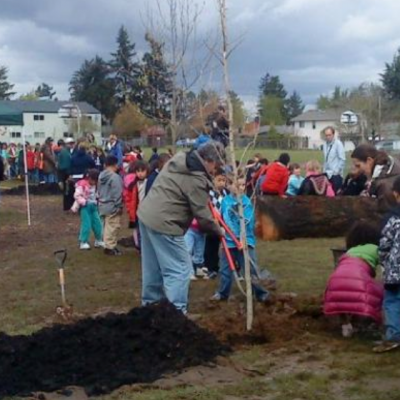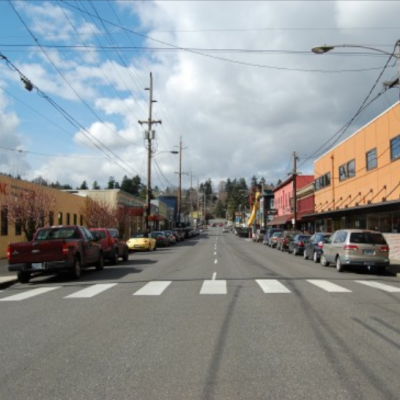Home Buyers Flee Portland City Limits to Suburbs
Friday, April 03, 2015
Melanie Sevcenko, GoLocalPDX Contributor
 As costs of living in Portland continue to increase, combined with a flat-lining vacancy rate, population growth has accelerated in other metro area cities – among them, Hillsboro and Beaverton in Washington County.
As costs of living in Portland continue to increase, combined with a flat-lining vacancy rate, population growth has accelerated in other metro area cities – among them, Hillsboro and Beaverton in Washington County.
With access to the MAX light rail and freeways, along with housing for a third of the cost, the suburbs are starting to look attractive to some who can’t afford Portland prices.
Buyers’ agent Jolynne Ash says future homeowners are left with tough decisions to make. “If they can’t afford to buy in Portland, which is a big trend right now, they have no choice but to go outside of Portland. Or not buy at all,” said Ash.
The competition is steep on the buyers’ market – and just when it will slow down is difficult to predict.
“I was fighting for $800,000 houses this weekend,” continues Ash. “If I was fighting for a $400,000 house – if such a thing existed in a good neighborhood – there would be 20 people biding on it.”
What About Milwaukie?
It’s those prospects that led Tony Andersen and his wife, both long-term renters in Portland, to look elsewhere. After a decade in inner Southeast and then North Portland, they bought a home in Milwaukie last year.
Based on recent Zillow data, the average house prices in Milwaukie are $140,000 less than in neighboring Sellwood.
“Financially independent and without a trust fund, we still couldn't afford North Portland’s $400K fixers,” says Andersen, 31, who works for the Oregon Department of Forestry. “Nor did we really want to spend that amount of money just so that we could tell everyone at a dinner party that we lived in NoPo.”
Andersen is happy with his new home, and he’s met plenty of others who have made the southern migration from Portland proper.
And while Milwaukie is technically a suburb on the map, it’s closer to downtown Portland than other sought-after neighborhoods, like Montavilla or St. Johns.
In fact, Portland and Milwaukie’s city halls are just six miles apart.
Historically, the southern suburb has not been a big seller, yet its reputation could soon take a turn. Handfuls of businesses are opening downtown; in May, the city will complete the second phase of its Riverfront Park, and by September the new MAX Orange Line will connect Milwaukie to inner Southeast Portland.
“It’s cool to see Milwaukie have the opportunity to redefine the suburbs,” says Andersen. “It’s a community about ready to hit its renaissance.”
Portland transplants and young people from other parts of Oregon have chosen Milwaukie as a home – some are even joining boards and commissions.
Karin Power, 31, was elected to Milwaukie City Council last year. She says Milwaukie offers amenities that some Portlanders hold dear.
“Properties generally have big lots, large yards, and plenty of room to keep a boat, garden, grow food, and raise ducks, chickens or goats,” says Power. “If you want to hear frogs and coyotes at night, while only being a few miles away from Portland, Milwaukie is a one-of-a-kind town.”
But if you moved to Portland to live in the Pearl District, then Milwaukie probably isn’t your bag.
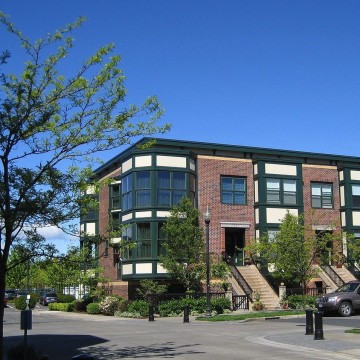 |
| Orenco Station is a residential community in Hillsboro that was built on a "European Village Model" |
New Territories
Portlanders still have “mental grids” as to where they want to live, and it’s difficult to break them down.
If people simply cannot afford to buy in Southeast and Northeast Portland, their second option is still North Portland, before they look at the suburbs, presumes Jolynne Ash.
This is especially true for those new to the region – they moved to Portland because they want to live in Portland.
But that’s not to say the suburbs are dead. Outside of Portland, the cities with the highest growth rates are Beaverton and Hillsboro in Washington County.
Combined, Beaverton and Hillsboro have added around 40 percent of the population growth that Portland has experienced since 2010.
“We expect that percentage contribution to increase,” says Risa Proehl at the Population Research Center at Portland State University (PSU).
“In Washington County there is a larger supply of land for both single-family and multi-family style housing, than in Multnomah County,” continues Proehl. “So there’s a lot of room to accommodate new residents.”
And while it might be a challenge to get Portlanders to bite the bullet and head out of town, the suburbs are combating that by “trying to emulate what Portland has to offer,” says Ash.
That translates to high walkability scores to restaurants, bars and groceries stores, along with access to parks.
Ash sites Orenco Station, a residential community in Hillsboro that was built on a “European village model,” for which it won numerous national design awards. “It’s nothing as cool as Southeast Division, but you still have something to walk to, and they’re connected by the light rail,” says Ash.
Bethany Village, to the Northwest of Portland, created a large retail center with condos on top of shops to mimic the Pearl District.
Then there’s Progress Ridge TownSquare, in Beaverton, which boasts New Seasons, La Provence, and other services in the vein of Portland, all in walking distance to housing.
“It’s a little bit of Portland with the affordability of the suburbs. Beaverton has a plan,” confirms Ash.
Beaverton Is Big on Community
Beaverton can offer at least two things Portlanders are passionate about: cycling and farmers markets.
Home to 90,000 residents, Beaverton has pumped large amounts of funding into bicycle infrastructure while boasting the state’s second largest farmer’s market.
City Council member Lacey Beaty, 30, is the youngest person ever to be elected to council. She says the fact that companies like Nike and Intel are headquartered in and around Beaverton has brought a host of diverse and educated young people to the area.
So if you work outside of Portland, asks Beaty, why live in Portland?
“Living in North Portland and working for Nike, that’s a two-hour commute every day, on top of an eight-hour work day,” says Beaty. It doesn’t leave much room for enjoying life, she argues.
Beaverton is scoring points in other departments. It has managed to implement 94 percent of its Community Vision Project that, five years ago, gathered community input to help shape the city. And in early March, Beaverton won a national award of its Cultural Inclusion Program.
“What do the suburbs do? They listen to their communities,” says Beaty. “The accessibility you have to elected officials and how your property taxes are spent, we’re literally setting a trend on it.”
A Tough Sell
Still, convincing most Portlanders to leave the Rose City for the cheaper suburbs is going to be a tough sell.
If they can afford to rent or buy in Portland, the conversation is over. But if they want something bigger for cheaper – and don’t mind that their friends still live in NE or SE – then opportunities abound.
“Some of us don’t want to move out of the Portland area,” says Tony Andersen. “So I think the next logical step is to look at new, affordable communities that we can participate in and help grow.”
 Melanie Sevcenko is a journalist for radio, print and online. She reports internationally for BBC World Service and Monocle Radio (M24) in the UK, and for Deutsche Welle in Germany. Melanie also reports for the online news source GoLocalPDX, in Portland, Oregon. Her work has been broadcast by CBC in Canada and the Northwest News Network, and published by Al Jazeera English, Global Post, Pacific Standard, the Toronto Star and USA Today, amongst others.
Melanie Sevcenko is a journalist for radio, print and online. She reports internationally for BBC World Service and Monocle Radio (M24) in the UK, and for Deutsche Welle in Germany. Melanie also reports for the online news source GoLocalPDX, in Portland, Oregon. Her work has been broadcast by CBC in Canada and the Northwest News Network, and published by Al Jazeera English, Global Post, Pacific Standard, the Toronto Star and USA Today, amongst others.
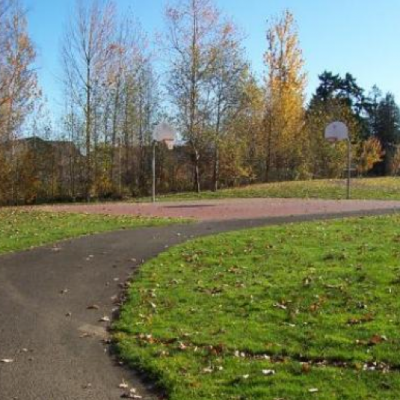
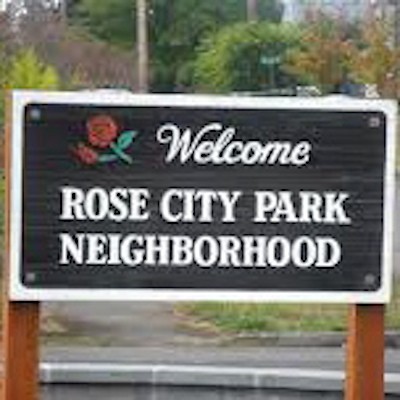

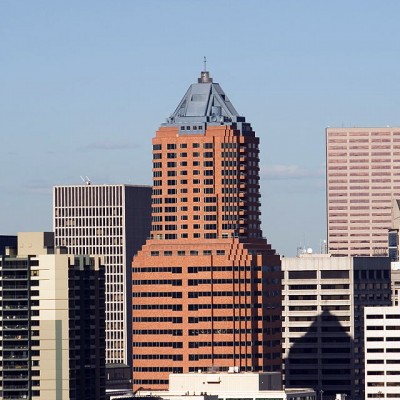
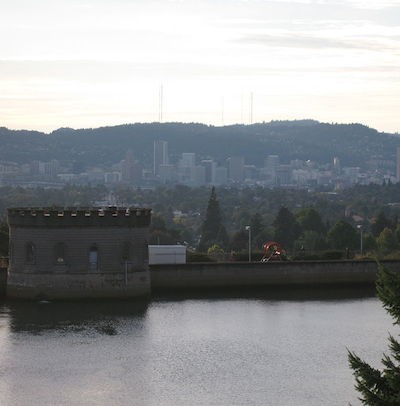
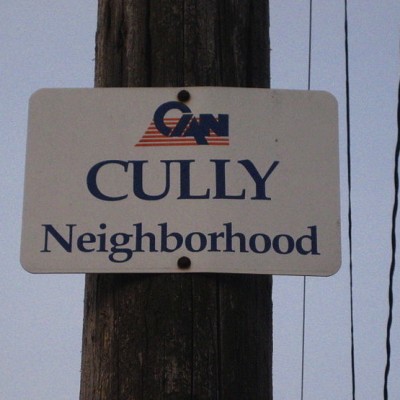
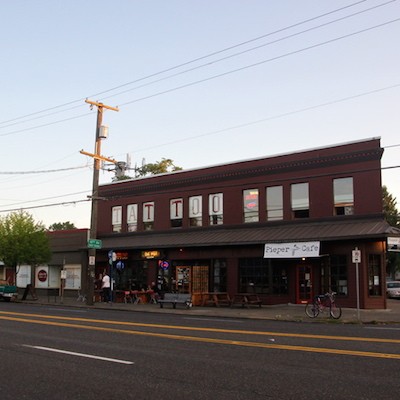
_400_400_90.jpg)
